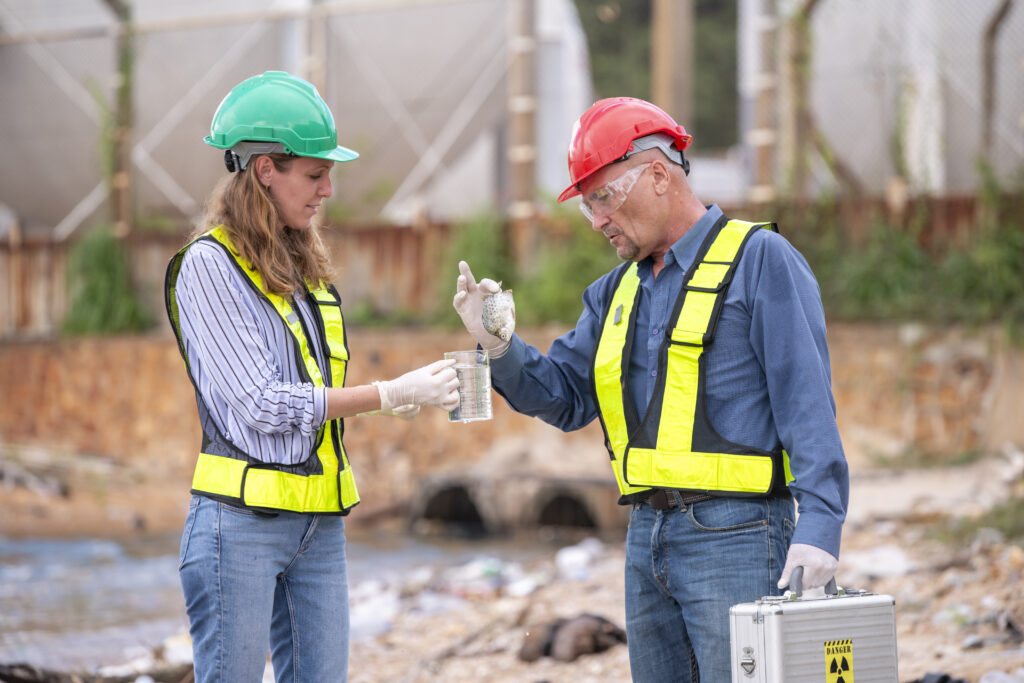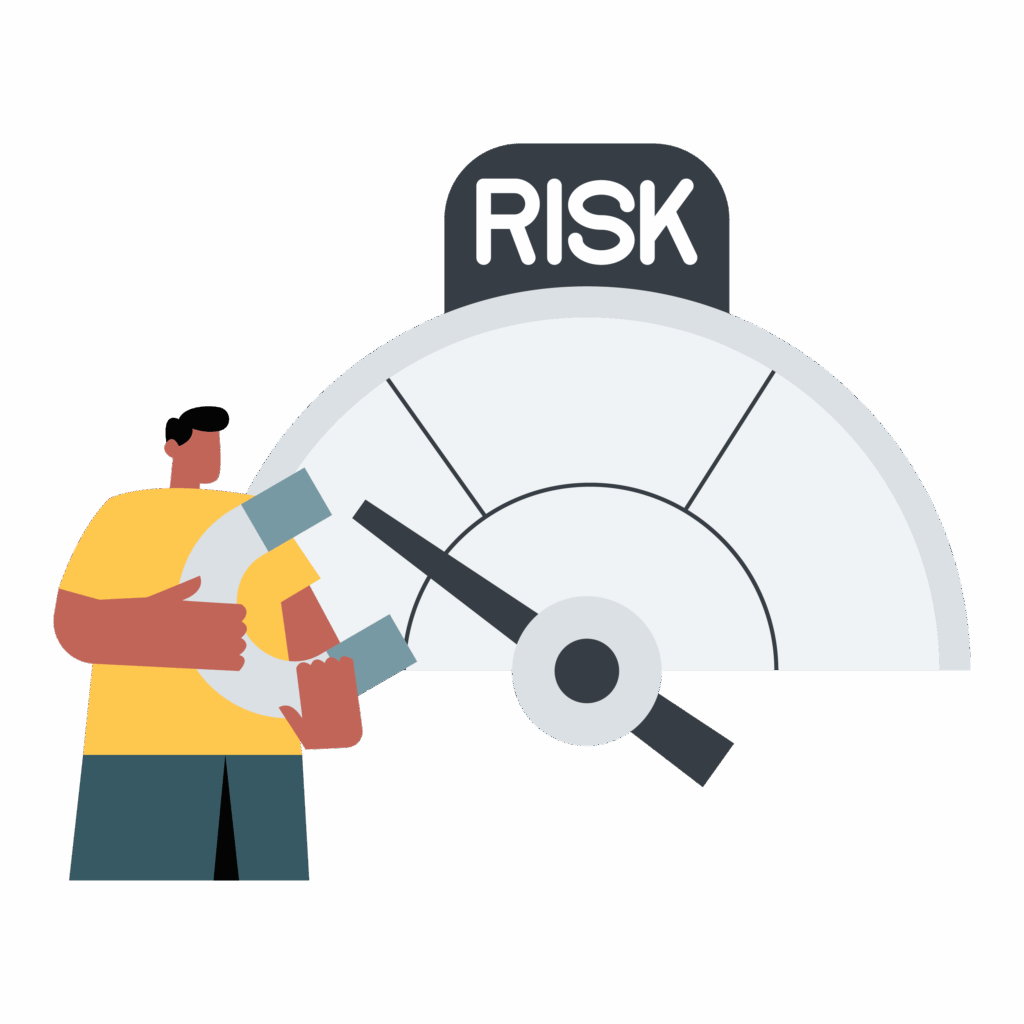07949548639
CDOIF Environmental Risk Assessments
Our Services
CDIOF Environmental Risk Assessment
Data Sheet for CDOIF Assessment
In the UK, CDOIF Environmental Risk Assessment refers to guidance developed by the Chemical and Downstream Oil Industries Forum (CDOIF). It provides a structured approach to assessing the environmental consequences of major accidents—particularly under
regulations such as the Control of Major Accident Hazards (COMAH). Sustainable Solutions
have had their reports vetted and accepted by the Environment Agency.

Who is Required to Use It?
The CDOIF Environmental Risk Assessment methodology is primarily intended for use by COMAH lower and upper tier establishments.
These companies fall under COMAH regulations, jointly enforced by the Health and Safety Executive (HSE) and the Environment Agency (EA).
The requirement arises when a COMAH site is preparing or updating its Safety Report—a legal document that must demonstrate how risks of major accidents are controlled, including their potential environmental impacts.
What is the CDOIF Guidance?
The CDOIF published its “Guideline for Environmental Risk Tolerability for COMAH Establishments” to standardise how environmental risk assessments (ERAs) should be performed, ensuring:
- Consistent decision-making across industry and regulators
- Alignment with the principles of risk-based decision-making
- A clear distinction between risks that are “tolerable,” “broadly acceptable,” or “unacceptable”
What’s Involved in the Assessment?
1. Define the Environmental Receptors
- Identify sensitive receptors: rivers, groundwater, soil, SSSIs (Sites of Special Scientific Interest), Natura 2000 sites, etc.
- Map proximity to the site and understand potential pathways of pollution.
2. Hazard Identification
- Identify potential major accident scenarios involving hazardous substances (e.g.,
tank failure, pipe rupture, fire, explosion). - Focus on those with the potential for significant environmental impact.
3. Consequence Assessment
- Estimate environmental damage (to air, water, land, biodiversity) from each scenario.
- Includes fate and transport modelling of pollutants (e.g., spill modelling, dispersion analysis).
- Categorise the potential harm: reversible/irreversible, short/long term, localized/widespread.
4. Frequency Analysis
- Use fault tree or event tree analysis to estimate the likelihood of each scenario.
5. Risk Estimation
- Combine consequence and frequency to quantify risk.
- Compare to established tolerability criteria (e.g., thresholds for different environmental receptors).
6. Risk Evaluation
- Apply the ALARP principle (As Low As Reasonably Practicable) if risks are not in the broadly acceptable range.
- Propose improvements, engineering controls, or mitigation measures as needed.
7. Documentation & Regulator Engagement
- Clearly document assumptions, methodologies, and outcomes.
- Submit findings to the HSE/EA as part of the COMAH Safety Report or during inspections.



If you’re working for a site that falls under COMAH or are preparing an environmental safety case, using the CDOIF guidance is effectively mandatory in practice, even if not explicitly named in legislation—it’s the accepted regulatory standard in the UK.

We Deliver Compliance, Safety & Sustainability
At Sustainable Solutions, our mission is simple: to protect your people, the environment, and your business through expert compliance and sustainability services. Our practical approach ensures your organisation stays efficient, ethical, and future-proof.
Expert, Practical Advice
Clear, actionable recommendations from qualified specialists, tailored to your specific business needs.
Proven Track Record
Trusted by businesses nationwide for delivering compliance and sustainability with measurable results.
Dedicated Support
Responsive, reliable guidance whenever you need it—ensuring you’re always confident and compliant.
Useful Links
Copyright @ 2025 Created by DigiCloudNine. All Rights Reserved.
